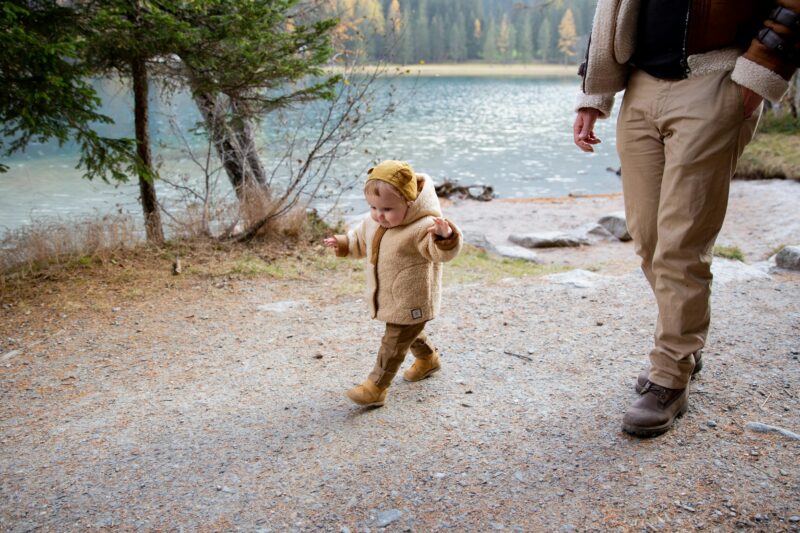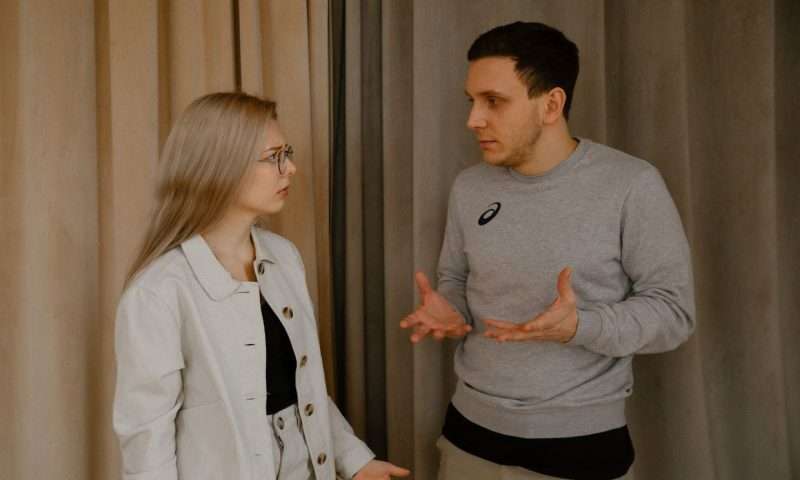Tiger Woods – what a champion, what a come back!
Just a few years ago his reputation was in tatters, his golf was off and we did not know whether to love him or hate him. Yet this is a man who has popularised golf, not only amongst African American people and other minorities, but among children of all backgrounds.
He has just won the Master, but Tiger’s sponsorship of programs for children is less well known and it is opportune to flag up what he does off the course for inner city children.
Sponsoring Tiger is not easy. He is known to be difficult and expensive. It is reported that at least one corporate sponsor found that in order to secure an endorsement from Tiger Woods the fee would include an additional donation to the Tiger Woods Foundation for inner city children.
Tiger Woods created the program because he saw a hole in society that he wanted to fill. Tiger said, “I wanted a permanent, safe space for kids to explore their dreams.”
The goal of the foundation is for students to be given the support and resources needed to be successful in school and beyond. In over 20 years the foundation has been opened they have served more than 175,000 students, as well as employing 1,000 educators each year.
The foundation has been so successful due to its goal of “developing self-advocacy skills in young people,” that their students have a 98.7% college graduation rate, which is one of the highest graduation rates of a scholarship program in the country.
Tiger’s childhood
Tiger Woods grew up in Orange County in California and was introduced to golf before the age of two by his father, Earl Woods. I often say, imagine how good he would have been if he has been given a Little Sport Star golf club when he was born!

His father Earl was a single-digit handicap amateur golfer who was also one of the earliest African-American college baseball players at Kansas State Univerity. Tiger’s father was a member of the military and had playing privileges at the Navy golf course beside a Training Base in Los Alamitos, which allowed Tiger to play there, whilst also playing at various courses around Long Beach.
It is easy to look at Tiger’s early career and expect great things. However, he was considered a normal kid who enjoyed video games and he had to compensate for a disarming stutter. Nevertheless his future destiny into stardom was written with an early television appearance on the Mike Douglas Show starring Bob Hope.
At age three, he shot a 48 over nine holes at the Navy course.
At age five, he appeared in Golf Digest and ABC That’s Incredible.
Before turning seven, Tiger won the Under Age 10 section of the Drive, Pitch, and Putt competition, held at the Navy Golf Course in Cypress, California.
In 1984 at the age of eight, he won the 9–10 boys’ event, the youngest age group available, at the Junior World Golf Championship. He went on to win the Junior World Championships six times, including four consecutive wins from 1988 to 1991.
Tiger first defeated his father at the age of 11 years. Remember his dad is a serious golfer, not a hacker like me. His father admitted he was trying his best and he lost to Tiger every time from then on.
Woods first broke 70 on a regulation golf course at age 12.
When Woods was 13 years old, he played in the 1989 Big I, which was his first major national junior tournament. In the final round, he was paired with the pro John Daly, who was then relatively unknown. The event’s format placed a professional with each group of juniors who had qualified. Daly birdied three of the last four holes to beat Woods by only one stroke. As a young teenager, Woods first met the famous Jack Nicklaus in Los Angeles at the Bel Air Country Club, when Nicklaus was performing a clinic for the club’s members. Woods was part of the show, and he impressed Nicklaus and the crowd with his skills and potential. There is no doubt Earl Woods was a pushy dad. He had researched the accomplishments of Nicklaus and had set his son the goal of breaking those records.
Woods was 15-years-old and a student at Western High School in Anaheim when he became the youngest US Junior Amateur champion. He was named 1991’s Southern California Amateur Player of the Year (for the second consecutive year) and Golf Digest Junior Amateur Player of the Year. In 1992, he defended his title at the U.S. Junior Amateur Championship, becoming the tournament’s first two-time winner. He also competed in his first PGA Tour event, the Nissan Los Angeles Open (but he missed the 36-hole cut), nevertheless was named Golf Digest Amateur Player of the Year, Golf World Player of the Year, and Golfweek National Amateur of the Year.
The following year, Woods won his third consecutive U.S. Junior Amateur Championship; he remains the event’s only three-time winner. In 1994, he became the youngest winner of the U.S. Amateur Championship, a record he held until 2008.
Woods graduated from Western High School at age 18 in 1994 and was voted “Most Likely to Succeed” among the graduating class. He had starred for the high school’s golf team under coach Don Crosby.
The children’s champion
Despite his chart to success, Woods overcame difficulties with stuttering as a boy. This was not known until he wrote a letter to a boy who contemplated suicide. Woods wrote, “I know what it’s like to be different and to sometimes not fit in. I also stuttered as a child and I would talk to my dog and he would sit there and listen until he fell asleep. I also took a class for two years to help me, and I finally learned to stop.”
So, if you have enjoyed the amazing talent of Tiger Woods at Augusta in 2019, remember this was a boy, a bit like your son or daughter. He has fought adversity, scandal and upset and with sheer grit, he is back at the top of his game!
Nick is Toy Inventor, the dad who invented Little Sport Star baby toys. His baby golf club features in this article.











